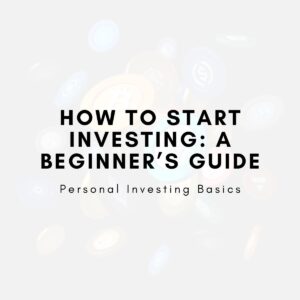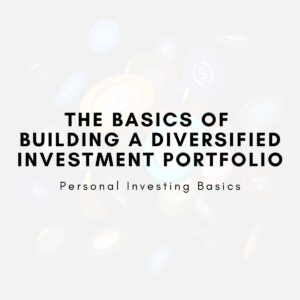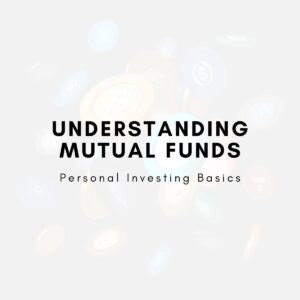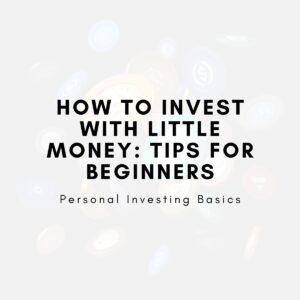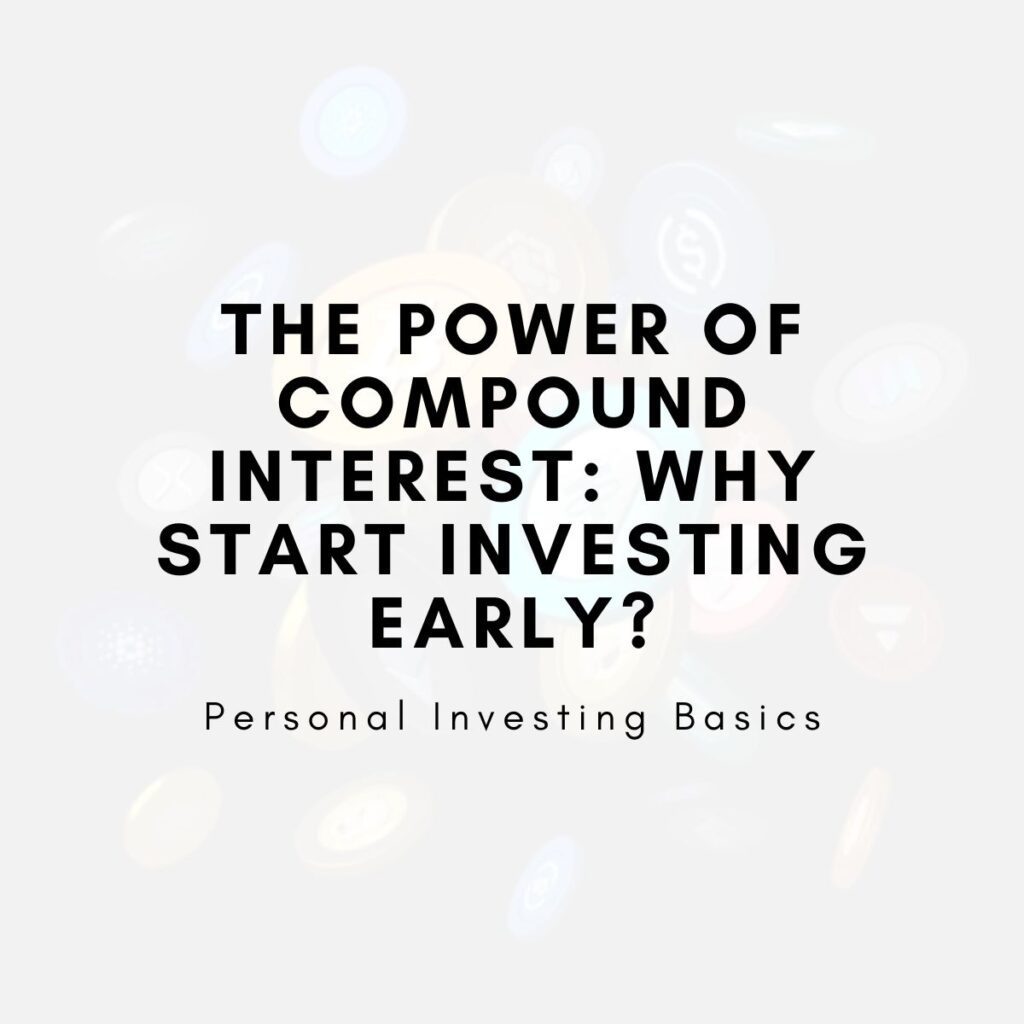
What is the Power of Compound Interest, and why should you start investing early?
The power of compound interest refers to the ability of your investment earnings to generate their own earnings. Starting early is crucial because it allows more time for your investments to compound and grow. The earlier you start investing, the greater the potential for wealth accumulation due to compounding. Even small contributions made early on can have a significant impact over time.
Summary Table: The Power of Compound Interest: Why Start Investing Early?
| Section | Summary | Key Tips | Examples |
|---|---|---|---|
| What is Compound Interest? | Compound interest allows you to earn interest on both your initial investment and the interest it generates. This leads to exponential growth over time. | Start early to maximize the benefits of compound interest. The earlier you invest, the greater the compounding effect. | A $1,000 investment at 5% interest grows to $1,052 after one year due to compounding. |
| Why Start Investing Early? | The longer your money has to compound, the more it will grow. Starting early gives your investments more time to generate returns. | Begin investing as soon as possible, even if it’s a small amount. Starting early is more important than the amount you invest. | Investor A starts investing $200/month at age 25, ending with $330,000 by age 65. Investor B, starting at age 35, ends with $180,000. |
| How Compound Interest Works in Different Investments | Different investments, such as stocks, real estate, and bonds, can benefit from compound interest. They each provide unique opportunities for growth. | Choose the right type of investment for your goals. Understand how compounding affects each type of investment. | Stocks: Investing in an S&P 500 index fund could turn $500/month into $400,000 over 20 years. Real Estate: Property appreciation and rental income grow wealth. |
| The Power of Starting Early with Small Contributions | Small contributions early on can grow significantly over time. Starting early allows your money to work for you and compound faster. | Invest regularly, even if it’s a small amount. Every little bit helps. | $100 invested monthly starting at age 25 could grow to $300,000 by age 65, even with modest returns. |
| How to Make the Most of Compound Interest | Strategies like dollar-cost averaging and reinvesting earnings can maximize the benefits of compound interest. | Reinvest your dividends and earnings, and use dollar-cost averaging to ensure consistent growth. | Reinvesting dividends from a $1,000 investment in a dividend stock with a 4% yield could result in significant growth over time. |
This table summarizes the key points from the article about the power of compound interest and the importance of starting early with your investments. It outlines the concepts of compound interest, why timing matters, and strategies for making the most of compounding. Real-life examples highlight how even small, consistent investments can lead to significant wealth accumulation over time.
Introduction
When it comes to building wealth, few concepts are as powerful as compound interest. Albert Einstein reportedly referred to compound interest as the “eighth wonder of the world,” recognizing its ability to turn small, consistent investments into substantial wealth. The earlier you start investing, the more time your money has to grow through compounding, making it a key strategy for financial success. This article will explore the power of compound interest, why it’s essential to start investing early, and how you can harness its potential to achieve financial independence.
What is Compound Interest?
The Basics of Compound Interest
Compound interest is the process where the interest earned on an initial investment is reinvested to generate additional earnings. In other words, you earn interest on both the principal amount you invested and the interest that has already been added to it. This creates a snowball effect, where your wealth grows exponentially over time.
Example:
Suppose you invest $1,000 in a savings account offering 5% annual interest. After one year, you would have earned $50 in interest. If you leave that $50 in the account, next year, you will earn interest not only on your original $1,000 but also on the $50 interest, bringing your total to $1,052. Over time, this effect grows exponentially.
The Formula for Compound Interest
The compound interest formula is:
A = P (1 + r/n)^(nt)
Where:
- A is the amount of money accumulated after interest.
- P is the principal investment.
- r is the annual interest rate (decimal).
- n is the number of times that interest is compounded per year.
- t is the number of years the money is invested for.
This formula shows how your investment grows as you continue to earn interest on both your initial investment and the interest already accumulated.
Why Start Investing Early?
The Impact of Time on Compounding
The key benefit of starting early is the amount of time your money has to grow. The earlier you invest, the more opportunities your investments have to compound. Even modest investments made early on can grow significantly by the time you retire.
Example:
Imagine two investors:
- Investor A starts investing $200 per month at age 25, with an expected return of 6% per year. By age 65, Investor A will have invested $96,000, but the total value of the investment will be over $330,000 due to compounding.
- Investor B starts investing $200 per month at age 35, with the same return. By age 65, Investor B will have invested $72,000, but the total value of the investment will be just $180,000—much less than Investor A’s.
The Benefits of Compounding Over Decades
Compounding is especially powerful over decades. The longer your investment horizon, the greater the effect compound interest will have. With a longer timeframe, your initial contributions grow at a faster pace, allowing you to reach your financial goals more easily.
Example:
If you start investing $5,000 per year at age 25 and continue until age 65, assuming a 7% annual return, your investment would grow to over $1.1 million by retirement. However, if you waited until age 35 to start investing the same amount, your investment would only grow to $550,000 by age 65.
How Compound Interest Works in Different Types of Investments?
Stock Market Investments and Compound Interest
The stock market offers one of the best environments for compound interest to thrive, especially if you’re investing in index funds or dividend-paying stocks. These types of investments often provide regular returns, which can then be reinvested to generate further growth.
Example:
Let’s say you invest in an S&P 500 index fund, which has historically provided an average return of about 10% per year. If you invested $500 per month for 20 years, your investment would grow to over $400,000 by the end of that period. Reinvesting dividends would further enhance your returns.
Real Estate and Compound Interest
While real estate doesn’t directly offer interest, it’s still a way for your wealth to grow exponentially over time. Real estate investments typically appreciate over time, and rental properties generate consistent cash flow, which can be reinvested for greater returns.
Example:
Suppose you purchase a rental property for $200,000 and rent it out for $1,500 per month. Over time, your property could appreciate by 3% annually, and your rent payments would contribute to paying down the mortgage, ultimately increasing your equity in the property.
The Snowball Effect of Small Investments
It’s easy to assume that investing requires large amounts of money upfront, but this isn’t the case. Starting with small, consistent contributions can have a massive impact over time. Even if you can only afford to invest $100 per month, those small contributions will grow significantly thanks to compound interest.
Example:
If you invest $100 per month starting at age 25, with a 7% return, by age 65, you would have invested just $48,000, but your investment could be worth over $300,000 thanks to compounding.
How to Make the Most of Compound Interest?
The Power of Dollar-Cost Averaging
Dollar-cost averaging involves consistently investing a fixed amount of money into an investment, regardless of market conditions. This strategy helps you avoid trying to time the market and takes advantage of the compounding effect over time.
Example:
Instead of trying to pick the best time to invest in the stock market, you could invest $200 every month into an index fund. Over the course of 20 years, this strategy would grow your portfolio significantly due to compounding, even if the market fluctuated in the short term.
Reinvesting Earnings and Dividends
Reinvesting the earnings or dividends you receive from your investments is one of the best ways to maximize the power of compound interest. By reinvesting, you put your returns back into the market, allowing them to earn their own returns and accelerate your growth.
Example:
Suppose you invest $1,000 in a dividend-paying stock with a 4% annual dividend yield. By reinvesting the dividends, you would accumulate more shares, which would then pay you more dividends in the next period, leading to exponential growth.
Conclusion
Starting early is one of the most powerful strategies when it comes to investing, and compound interest is the key reason why. The longer you allow your investments to grow, the more your money will work for you. Even if you can only invest small amounts initially, starting early is better than waiting until you can afford larger contributions. Compound interest works best over time, and by investing early, you can harness its full potential and set yourself on the path toward financial security and independence.
Takeaways
- Start Early: The sooner you begin investing, the more time your money has to grow through compounding.
- Consistency Pays Off: Small, regular contributions can add up to substantial wealth over time.
- Compounding Works in Multiple Investment Types: Whether you’re investing in stocks, real estate, or bonds, compounding can significantly increase your returns.
- Reinvest Earnings: Reinvesting dividends or earnings helps your investment grow exponentially.
- Use Dollar-Cost Averaging: Regular, fixed investments help you take advantage of compounding while avoiding market timing mistakes.

